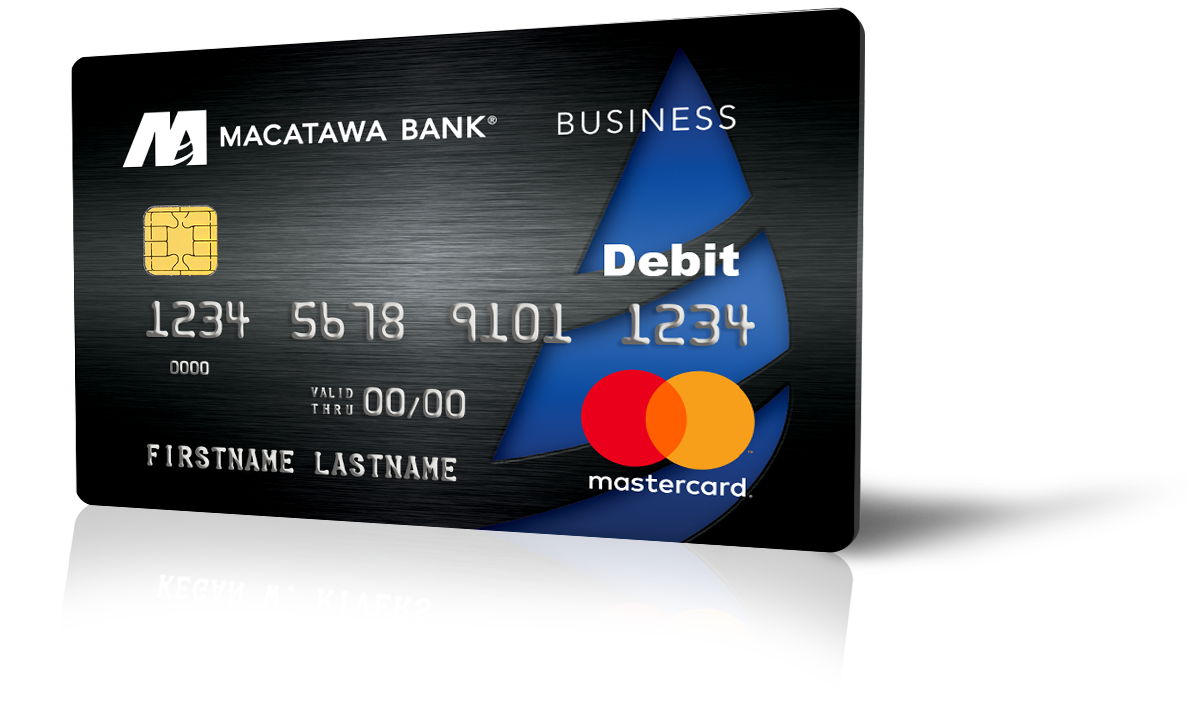

This program runs in the background on your computer. This also sometimes occurs when you open an attachment on an email and it installs whats known as a Trojan or keystroke logger on your computer. It is usually performed by sending emails that look legitimate that ask you to enter account numbers or credit card numbers. Is the stealing of credit card information through electronic means. This lets you know that your transaction is secure. When making online transactions, look for HTTPS in the web address.

Cards compromised by hacking tend to be from online transactions. The thief hacks into the merchant's payment system and steals customer credit card number.
#DEBIT CREDIT SOFTWARE#
Many merchants using out of date software on their POS (point of sale) terminals fall victim to this. There have also been recent instances where skimming devices have been found installed inside gas pumps. There have even been cases of devices placed on ATM machines to capture data. Common skimming locations are restaurants and fast food drive-thru windows. The thief then re-encodes the data onto another card and uses it to make purchases or withdrawals. Skimming is the use of a small device to obtain the electronic data off of the magnetic stripe on the back of your credit/debit card. Traditionally credit card fraud was limited to the use of stolen or lost cards to make unauthorized transactions, but due to advances in technology, there are now many other ways for thieves to obtain your credit card/debit card information. This is the most common type of identity theft and can occur whether or not the person physically has your actual card. Credit/Debit Card abuse is the use of your credit card or debit card by another to obtain a benefit fraudulently.


 0 kommentar(er)
0 kommentar(er)
